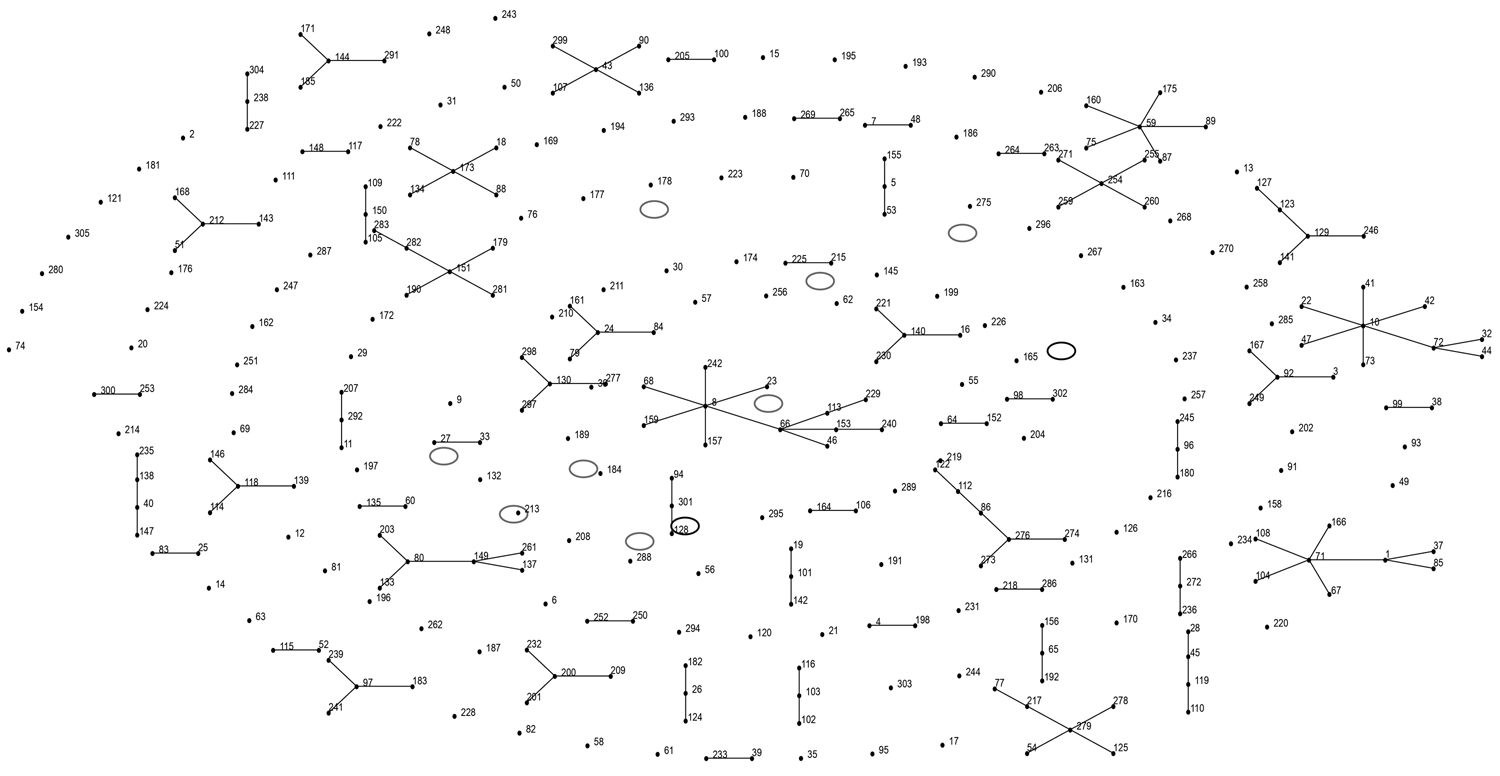Transmission of Streptococcus equi Subspecies zooepidemicus Infection from Horses to Humans
Sinikka Pelkonen
1
, Susanne B. Lindahl
1, Päivi Suomala, Jari Karhukorpi, Sakari Vuorinen, Irma Koivula, Tia Väisänen, Jaana Pentikäinen, Tiina Autio, and Tamara Tuuminen
Author affiliations: Finnish Food Safety Authority Evira, Kuopio, Finland (S. Pelkonen, T. Autio); National Veterinary Institute, Uppsala, Sweden (S.B. Lindahl),; Swedish University of Agricultural Sciences, Uppsala (S.B. Lindahl); Eastern Finland Laboratory Centre Joint Authority Enterprise, Mikkeli, Finland (P. Suomala, T. Tuuminen); Eastern Finland Laboratory Centre Joint Authority Enterprise, Joensuu, Finland (J. Karhukorpi); Eastern Finland Laboratory Centre Joint Authority Enterprise, Kuopio (J. Pentikäinen); Mikkeli Central Hospital, Mikkeli (S. Vuorinen); Kuopio University Hospital, Kuopio (I. Koivula, T. Väisänen); University of Helsinki, Helsinki, Finland (T. Tuuminen)
Main Article
Figure 1

Figure 1. . . . . . . eBURST diagram (http://eburst.mlst.net) of all multilocus sequence typing (MLST) sequence types (STs) for Streptococcus equi subspecies zooepidemicus and S. equi subsp. equi recorded in the PubMLST database (http://pubmlst.org/szooepidemicus) (February 7, 2013). Single-locus variants (SLVs) are connected by a solid line. Black circles indicate strains isolated in this study from human cases and 1 horse (ST-10: Hum1, horse isolate 648/11, and Hum2; ST-209: Hum3 isolate). Gray circles indicate strains isolated from horses in this study. SzP protein sequence types were identical (GenBank accession no. AF519488) for the double-locus variants ST-201 and ST-209, whereas the SzP protein STs differed for strains not closely related by MLST (as described in Table 2).
Main Article
Page created: July 03, 2013
Page updated: July 03, 2013
Page reviewed: July 03, 2013
The conclusions, findings, and opinions expressed by authors contributing to this journal do not necessarily reflect the official position of the U.S. Department of Health and Human Services, the Public Health Service, the Centers for Disease Control and Prevention, or the authors' affiliated institutions. Use of trade names is for identification only and does not imply endorsement by any of the groups named above.
